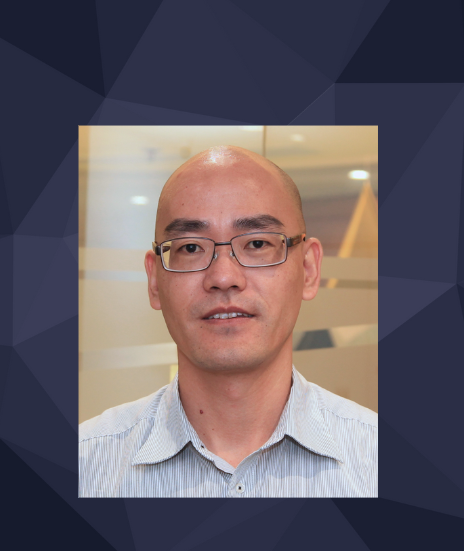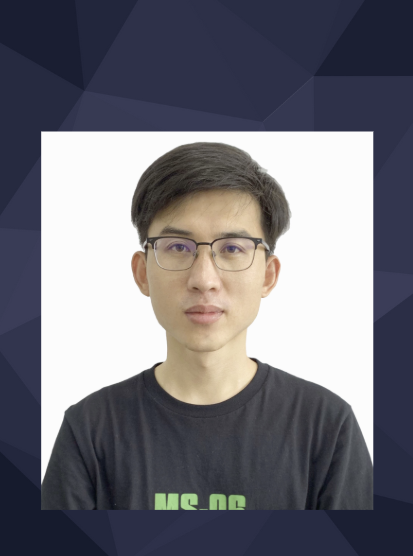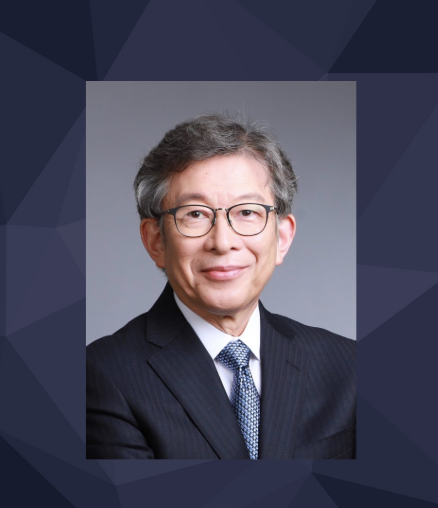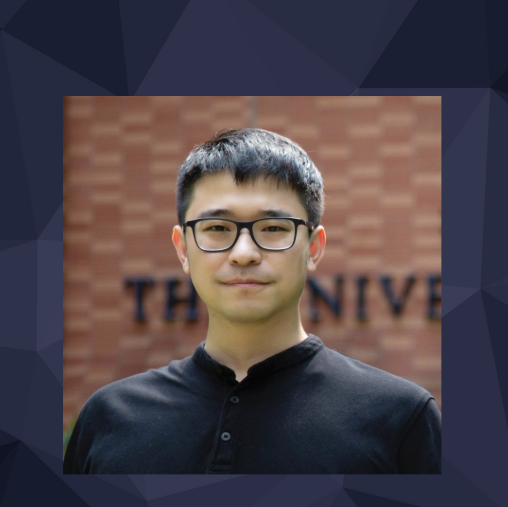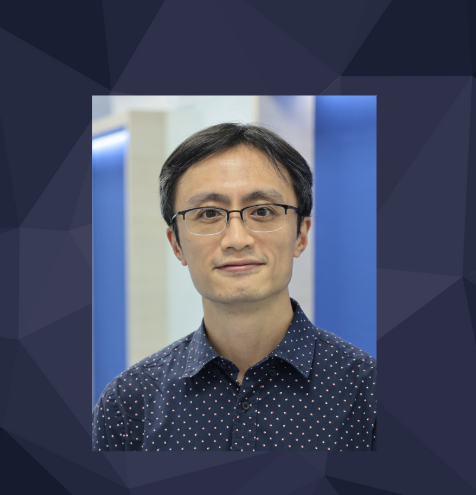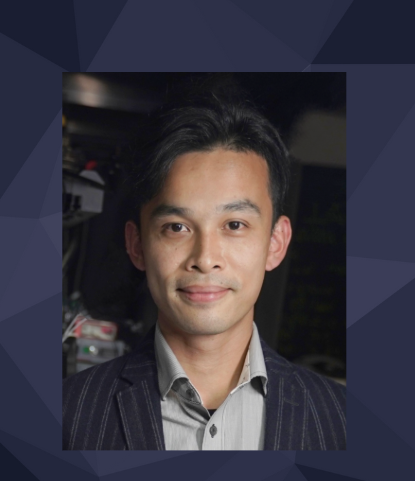TechTalk – Towards Controllable and Compositional Visual Content Generation
May 30, 2024 (Thursday) 4:30-5:30pm
Visual content generation has achieved great success in the past few years, but current visual generation models still lack controllability and compositionality. In real applications, we desire highly controllable visual generation models which allow users to control the generated contents in a fine-grained manner. We also desire models which can effectively compose objects with different attributes and relationships into a complex and coherent scene. In this talk, I will introduce our several works towards controllable and compositional visual content generation. I will introduce T2I-CompBench for benchmarking compositional text-to-image generation. I will also introduce our recent works on drag-based video editing, controllable 3D generation, and training-free massive concept editing in text-to-image diffusion models.


